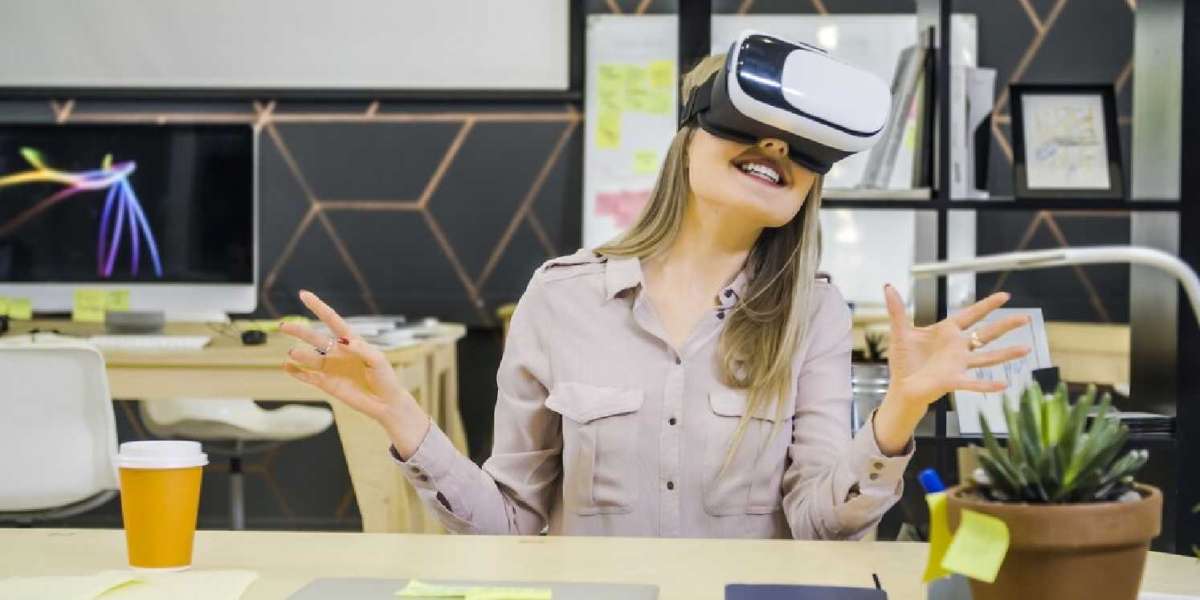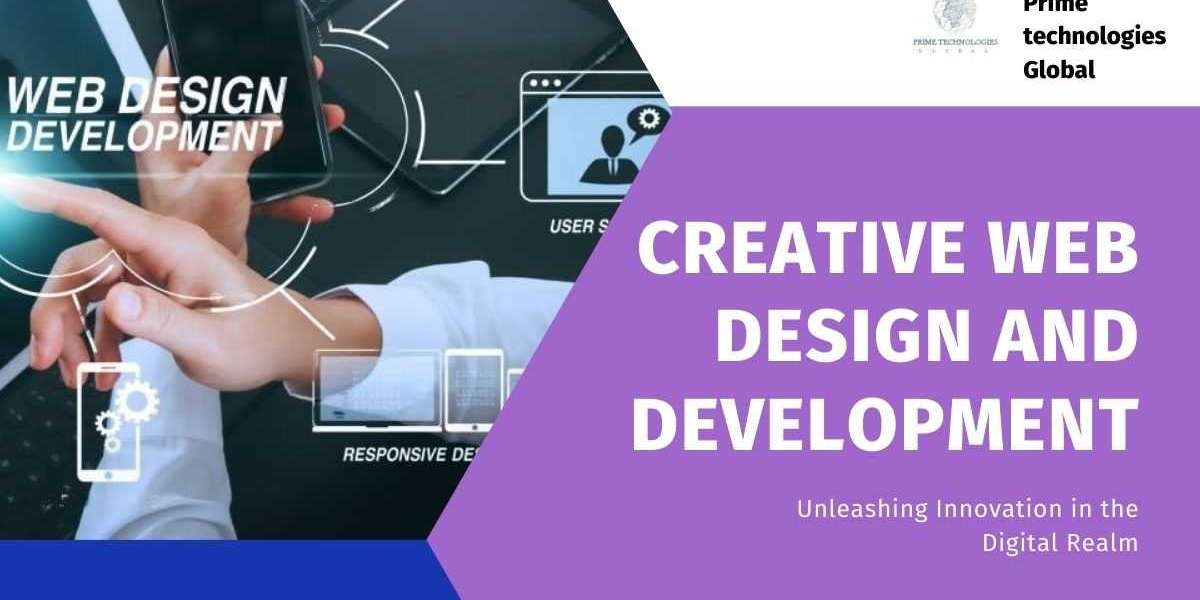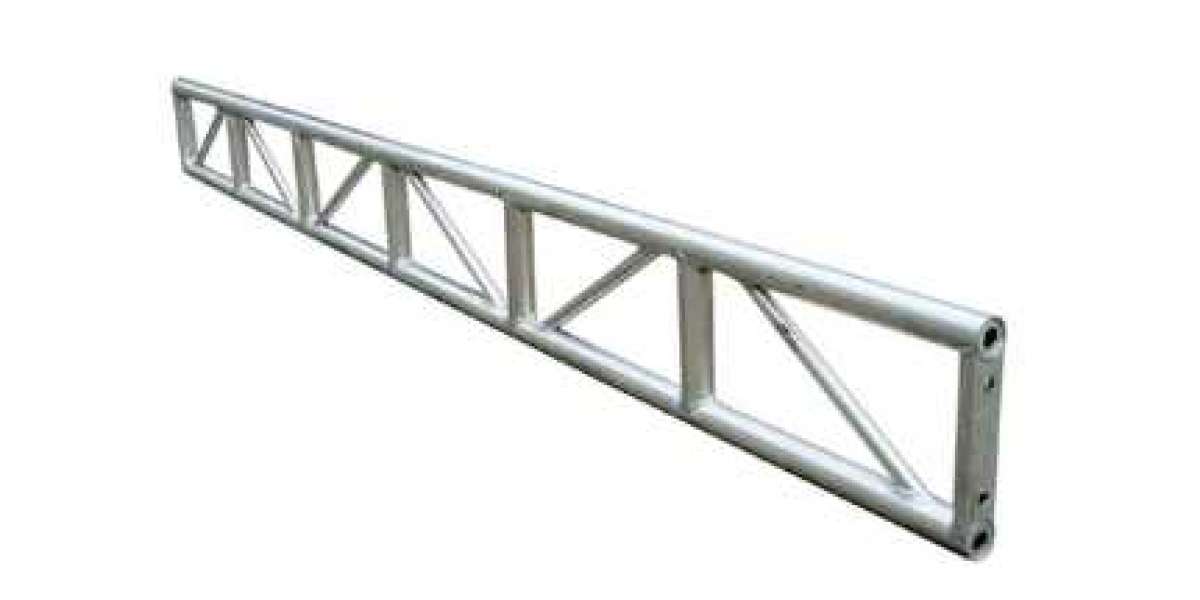In the realm of product visualization, traditional methods have long relied on two-dimensional imagery to convey the essence and functionality of a product. However, with the advent of virtual reality (VR) technology, the landscape is rapidly shifting. VR offers an immersive experience that transcends the limitations of flat images, providing users with a lifelike interaction with products. At the heart of this transformation lies 3D modeling, a crucial component that drives the creation of realistic virtual environments. In this blog, we delve into the intersection of VR and 3D modeling services, exploring how they are redefining product visualization.
The Evolution of Product Visualization
Before delving into the intricacies of VR and 3D modeling, it's essential to understand the evolution of product visualization. Traditional methods, such as photography and illustrations, have been the cornerstone of marketing and advertising for decades. While these techniques have been effective to some extent, they often fall short in conveying the true essence of a product. Static images lack interactivity and fail to provide a comprehensive understanding of a product's features and functionalities.
Enter Virtual Reality
Virtual reality represents a paradigm shift in product visualization. By leveraging immersive technology, VR transports users into a digital environment where they can interact with products in a highly realistic manner. Whether it's exploring the interior of a luxury car or inspecting the intricate details of a piece of machinery, VR offers an unparalleled level of engagement. However, the true magic of VR lies in its ability to evoke emotional responses, allowing users to form a deeper connection with the products they interact with.
The Role of 3D Modeling
At the core of every VR experience lies 3D modeling. 3D models serve as the building blocks of virtual environments, dictating the appearance, scale, and behavior of objects within the digital realm. Whether it's a product prototype or a complex architectural structure, 3D modeling enables designers to bring their creations to life with stunning accuracy. Moreover, advancements in 3D modeling software have made the process more accessible and streamlined, allowing for faster iteration and refinement.
Enhancing Realism with 3D Modeling Services
While anyone can create a basic 3D model with the right software, achieving a high level of realism requires expertise and experience. This is where 3D modeling services come into play. Professional modeling services employ skilled artists who specialize in creating lifelike 3D assets that accurately reflect the characteristics of real-world objects. From intricate textures to dynamic lighting, every detail is meticulously crafted to enhance the overall realism of the virtual environment.
Optimizing for Performance and Compatibility
In addition to realism, 3D modeling services also focus on optimizing models for performance and compatibility across different VR platforms. This involves reducing polygon counts, optimizing textures, and implementing efficient rendering techniques to ensure smooth performance on a variety of hardware configurations. Furthermore, models need to be compatible with various VR devices, ranging from high-end headsets to mobile VR platforms, to reach a wider audience.
Iterative Design and Feedback Loop
One of the key advantages of VR and 3D modeling is the ability to iterate rapidly based on user feedback. By immersing users in virtual environments, designers can gather valuable insights into how users interact with products and identify areas for improvement. This iterative design process allows for continuous refinement, ensuring that the final product meets the needs and expectations of its target audience.
Expanding Opportunities for Marketing and Sales
Beyond product development, VR and 3D modeling also offer exciting opportunities for marketing and sales. Virtual showrooms and interactive product demonstrations allow companies to showcase their offerings in a compelling and engaging manner. Whether it's giving customers a virtual tour of a property or allowing them to customize a product to their exact specifications, VR opens up new possibilities for immersive marketing experiences.
Challenges and Future Directions
While VR and 3D modeling hold tremendous promise for product visualization, there are still challenges that need to be addressed. High development costs, hardware limitations, and the need for specialized expertise are some of the hurdles that companies may face when adopting these technologies. However, as technology continues to advance and become more accessible, these barriers are likely to diminish over time.
Looking ahead, the future of product visualization is undeniably intertwined with virtual reality and 3D modeling. As these technologies continue to evolve and mature, we can expect to see even more immersive and interactive experiences that redefine how we perceive and interact with products. By leveraging the power of VR and partnering with professional 3D modeling services, companies can stay ahead of the curve and create compelling visual experiences that resonate with their audience.
In conclusion,
Virtual reality and 3D modeling are revolutionizing product visualization by offering immersive experiences that transcend traditional methods. With the right expertise and technology, companies can create realistic virtual environments that engage users on a whole new level. As the industry continues to evolve, the possibilities for innovation and creativity are virtually limitless.


![[WARN 2024] Aizen Power Reviews {2024]](https://www.collcard.com/upload/photos/2023/12/Mujsb4ph9XbLJDHtDsYj_20_25791ab08d29d684be58a3a4fe8932d3_image.jpg)
